The lack of a writing system in most of the cultures of the past have inevitably left questions about the reality of many events. Historians and scientists often manage to pull bits and pieces together, but there are always holes, periods that are lost to obscurity and become a subject of speculation and differing interpretation. Although we have clues as to how events came about, much of the truth of human history disappeared into the mists of time when oral stories turned into legends.
Back in the 18th century, when tribes such as the Cherokee were a subject of study by the white settlers, the natives were in turn amused by the “talking leaves” they possessed. They could communicate and transmit messages, a skill that to the people unfamiliar with the concept of an alphabet, or reading and writing, seemed more like magic. There were many members of the Cherokee who were against their society’s assimilation with the white people and tried to prevent it in many different ways, mostly by emphasizing the importance of their own cultural elements.
However, nobody did as much as the man known as Sequoyah. Observing and analyzing the newcomers and their “talking leaves,” Sequoyah decided that creating a system that would allow his people to communicate and transmit their own stories and messages might help prevent the assimilation and the loss of Cherokee culture. Hence, he invented the Cherokee syllabary with which to write the Cherokee language. This was one of two times in recorded history when a pre-literate person created an original and efficient writing system.
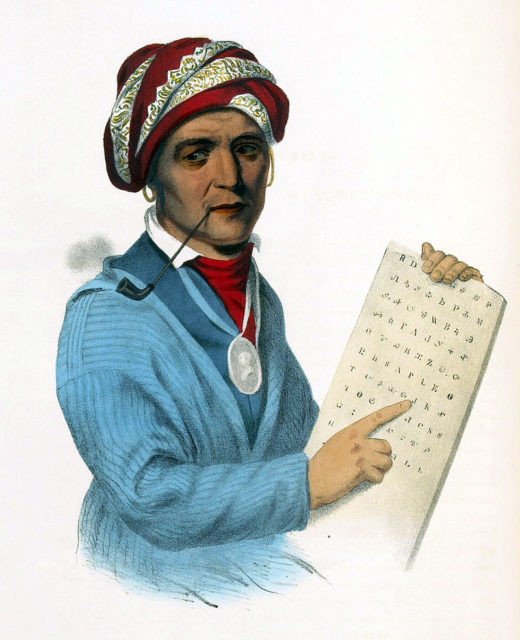
It took Sequoyah 12 years to finish the work he started in 1809. At first, he had been ridiculed and insulted. Even his wife was said to have burned his initial work as she believed it was some form of witchcraft. But the man didn’t give up.
Although he first experimented with logograms, his final product resulted in a system of 86 symbols, each representing a syllable. He studied the Greek, Latin, and Cyrillic alphabets and even borrowed a few symbols from them, but the sounds and representations of each in the Cherokee syllabary has no similarity. When Sequoyah finished his project, he had to find a way to present it to his people, who were very skeptical at first and couldn’t see the importance of his work.

Apparently, as he couldn’t find anyone interested in learning the syllabary, in order to succeed, Sequoyah’s first student of his new linguistic system was his six-year-old daughter, Ayokeh (in some places mentioned as the daughter of his brother-in-law). He taught her the system of reading, and then went to the Indian Reserves in the Arkansaw Territory, where he found local leaders, the first people he needed to convince. Sequoyah asked each one of them to tell him a word, which he wrote down. Then he called Ayokeh to read what he had written. His tactic turned out to be convincing, and he got permission to teach the syllabary to more people.
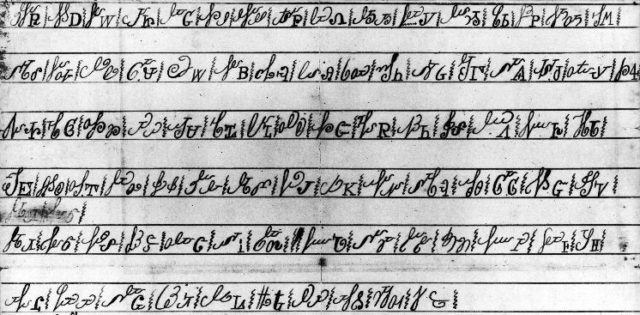
In 1821, Sequoyah finally showed his work to the Cherokee council, which approved his syllabary. Within two years, there were thousands of Cherokee people who had learned to read and write. This achievement led to the writing down of the knowledge they possessed. On the 21st of February, 1828, the first edition of the Cherokee Phoenix in New Echota, the first Native American language newspaper, was published and the first one in the United States published by Native Americans. The Cherokee Phoenix was regularly printed until 1834, when the federal government failed to pay the annuity. However, the newspaper was revived during the 20th century, and it continues to be published monthly in printed and Internet versions by the Cherokee nation.
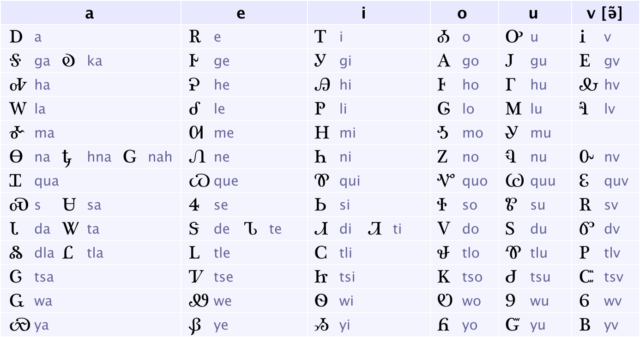
As for the history of Sequoyah, many facts and events vary, depending on who tells the story. What is known is that he gained a lot of popularity among the Cherokee with his writing system and there were many who would claim that they were related to him in some way. Although his year of birth is stated to be 1770, it might also be 1776, depending on the source. He was born west of Chilhowee Mountain in Tennessee but resettled in Arkansas during his childhood. He was a hunter and a fur trader who later became a silversmith.
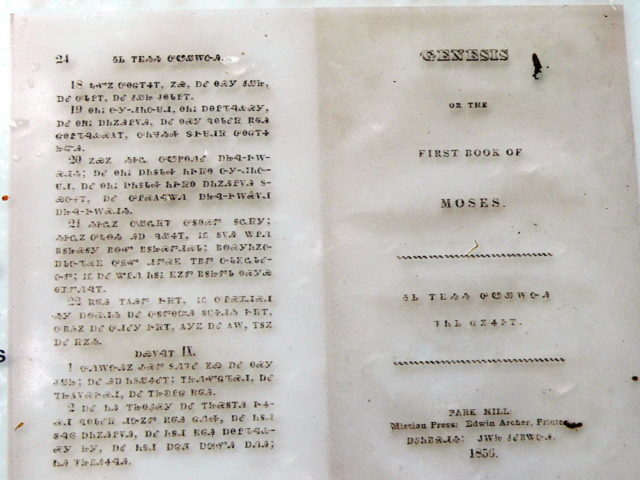
There is another account about Sequoyah’s achievement, written in 1971 by Traveller Bird, who claimed to be a direct descent of Sequoyah. Bird published a book, Tell Them They Lie: The Sequoyah Myth, in which he argued that Sequoyah’s only wish was to see the Cherokee nation united and that he had dedicated his life to the struggle against the submission and assimilation of the Cherokee people. According to Bird, Sequoyah managed to learn English, Spanish, and a few other languages during his lifetime.

Bird also claimed that although Sequoyah was highly respected among the Cherokee, he was despised by the assimilators of the Native Americans who saw his writing system as a threat to their influence and control. According to Bird’s account, Sequoyah was accused of witchcraft by some assimilationist Cherokee, and therefore he was mutilated, and his name was forged on treaties in which land was given up.
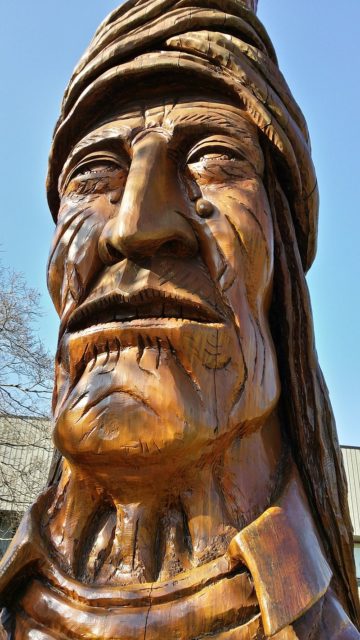
Bird also claimed that the representations considered to be Sequoyah are actually of another Cherokee who was in fact illiterate.
Other sources argue that Sequoyah died in San Fernando, Mexico, somewhere between 1843 and 1845, while on a trip to spread the literacy among the Cherokee who had migrated there during the time of the Indian Removal. It is believed that his resting place is in Zaragoza, close to what is now the Mexico-Texas border.
